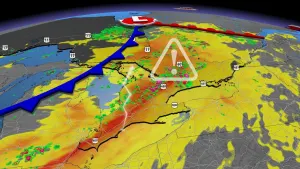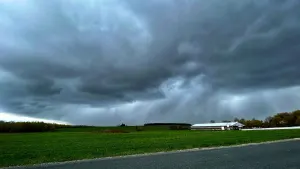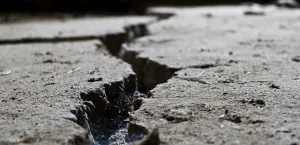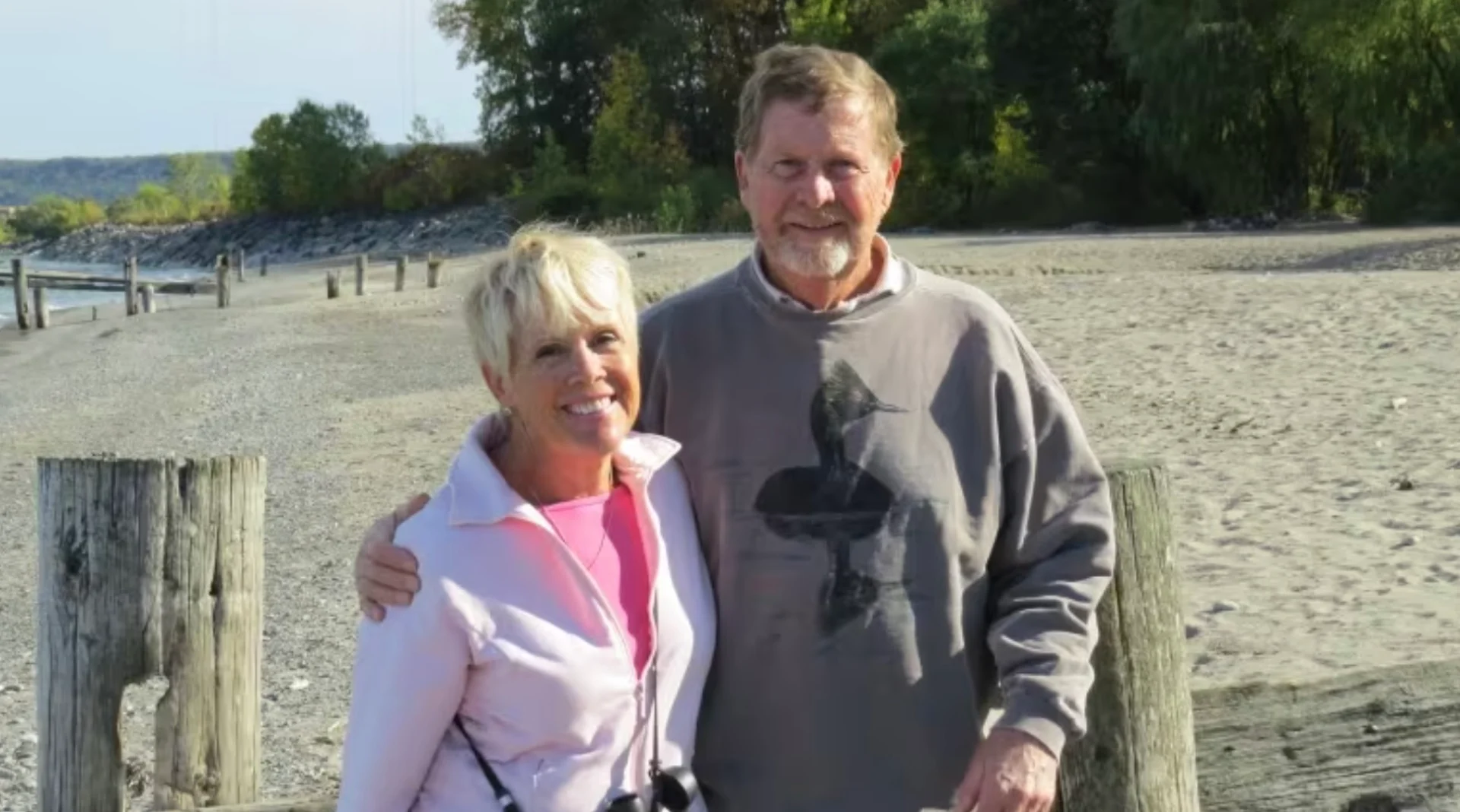
Ontario wetlands project part of effort to bring people back to the waterfront
From the top of an observation tower along the waterfront trail in Grimsby, Ont., an expanse of trees, grasses and six wetlands can be seen all around.
This stretch of approximately 12 hectares on Lake Ontario's South Shore didn't always look like this. Twenty-five years ago, Niagara Region used the popular hiking and bird-watching spot to store sewage as part of its wastewater treatment process and for a century before that, it was agricultural land.
SEE ALSO: Answer to high ocean acidity may lie in carbon transfer from wetlands
It's just one example in the area of human-made wetlands being created and maintained in a region where that natural feature is disappearing.
Having access to green space like this, especially along the waterfront where such space is rare, "adds tremendously for quality of life," said Bruce Mackenzie, the Hamilton Naturalists' Club's (HNC) project manager for the Grimsby Wetlands. "I can't go into the property and not find someone enjoying the solitude or the nature."
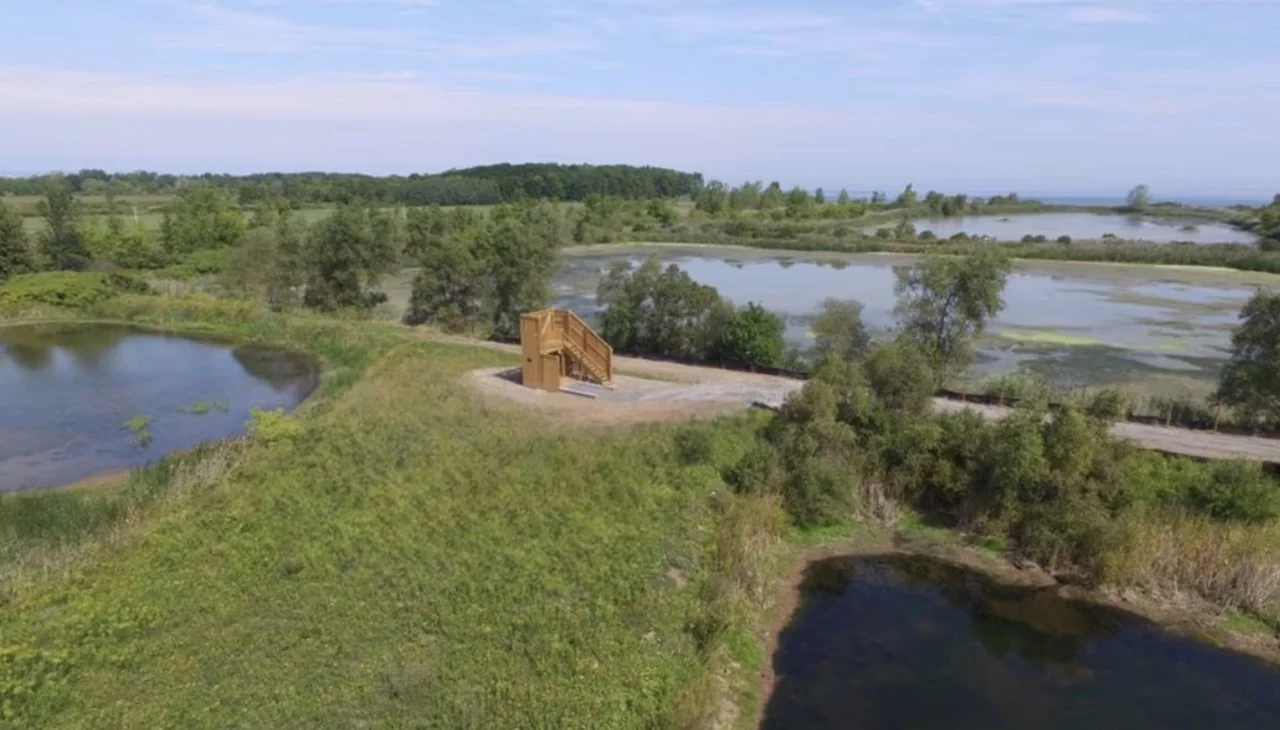
The Grimsby Wetlands as seen from the air. (Submitted by Bruce Mackenzie)
Why do wetlands matter?
Wetlands — areas of land covered by or saturated with water — provide homes for wildlife, prevent flooding, improve water quality, and present recreational opportunities for people.
A 2021 Ontario government report states that while Ontario has six per cent of the world's wetlands, most are found in the north, with the southern part of the province having lost two thirds of its wetlands to other uses such as agriculture and development.
And in fall 2023, the Hamilton Naturalists Club was honoured for its years of work revitalizing the wetlands in Grimsby.
According to Mackenzie, the club got involved there in 2002, and has worked with partners including the Niagara Peninsula Conservation Authority and the Town of Grimsby for more than 15 years on tasks including creating bodies of water, removing invasive plants and designing the walking trail.
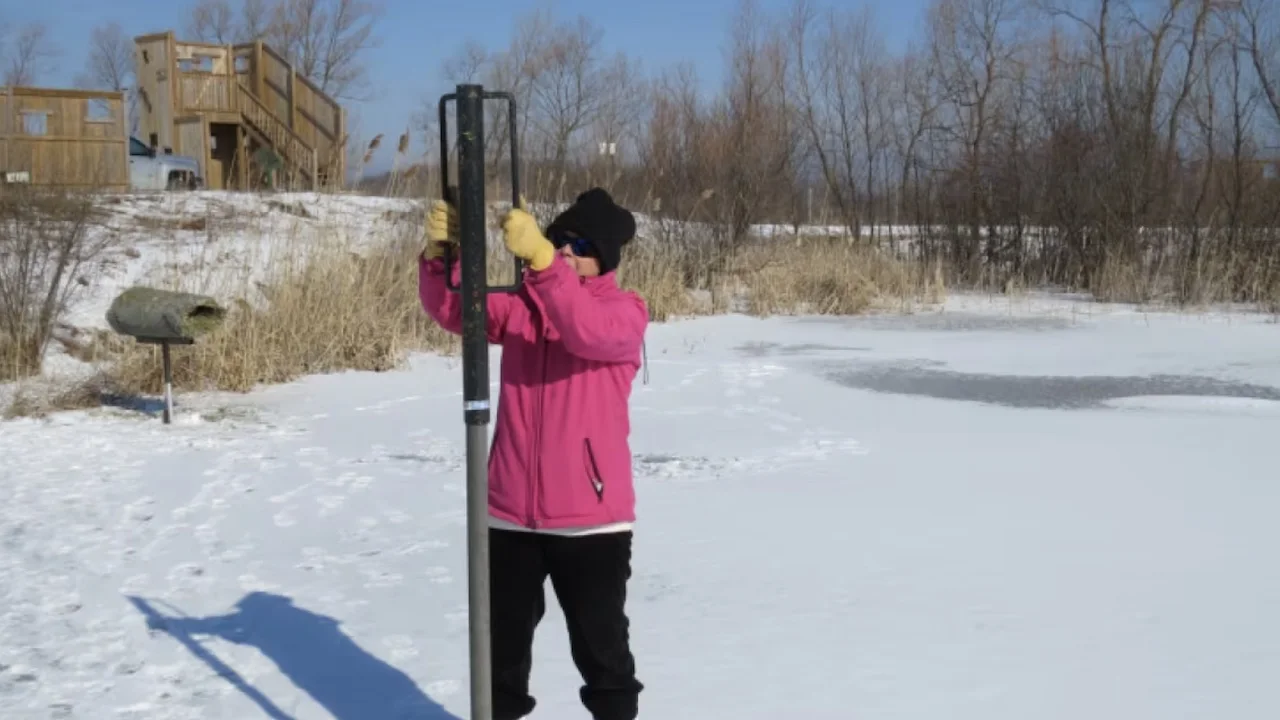
Laurie Mackenzie pounding in a pole in the mud at the bottom of one of the Grimsby wetland ponds for a wood duck nest box. (Bruce Mackenzie)
The wetlands are within a 170-hectare swath of green space that was well-known among birders when the HNC got involved, Mackenzie said. Two of the original sewage lagoons remain, with four new bodies of water created.
Mackenzie previously said that without the HNC's intervention, the wetlands may have been lost since the land's owners, the Department of National Defence, and Niagara Region, had been planning to remove the sewage lagoons and turn the land to fields.
Naturalists' club recognized for work on wetlands
In November, the Brownie Awards, which spotlight development on former industrial lands (or brownfields), recognized the naturalists' club with an award for financing, partnerships and risk management.
"Often we don't think of sewage lagoons as destination places," but that's what's happened in Grimsby, Toronto Metropolitan University professor Christopher De Sousa researches brownfield development, said.
De Sousa sat on the jury that reviewed the HNC for its award. He said industrial land on the waterfront can sometimes harbour productive natural spaces that flourish with the right care.
WATCH: Restoring Canada’s wetlands could help alleviate extreme weather impacts
He said projects like the Grimsby one are part of an ongoing effort to "bring southern Ontarians back to the waterfront, and bring nature back," too.
De Sousa said the Brownie Awards recognize work by non-profits, for-profit groups and Indigenous communities.
While the Grimsby work was the only one in the Hamilton area to be recognized by the awards this year, other local groups, such as the Haudenosaunee Development Institute in Six Nations of the Grand River, also work to protect and promote area wetlands.
De Sousa said it's rare to get award submissions from citizens' groups like the HNC given all the work, co-ordination and costs that can go into remediating a piece of land.
"When you see a group of volunteers take it on and do it, you have to celebrate it," he said.
Work underway in east Hamilton to build new wetlands
About a 15-minute drive from the Grimsby wetlands, the Hamilton Conservation Authority, where Mackenzie used to work, is working to build new wetlands in Hamilton's Stoney Creek area.
The authority, which has a mandate to manage the watershed most of Hamilton is built on, is trying to prevent flooding below the escarpment by creating four wetlands upstream, HCA director of watershed management Scott Peck said.
On its website, the HCA says those wetlands will hold as much as 236 Olympic swimming pools.
"In creating the wetlands, you're creating those natural heritage features that come with the wetlands," Peck said. "And in acquiring the land base for the wetlands, you're creating that additional green space."
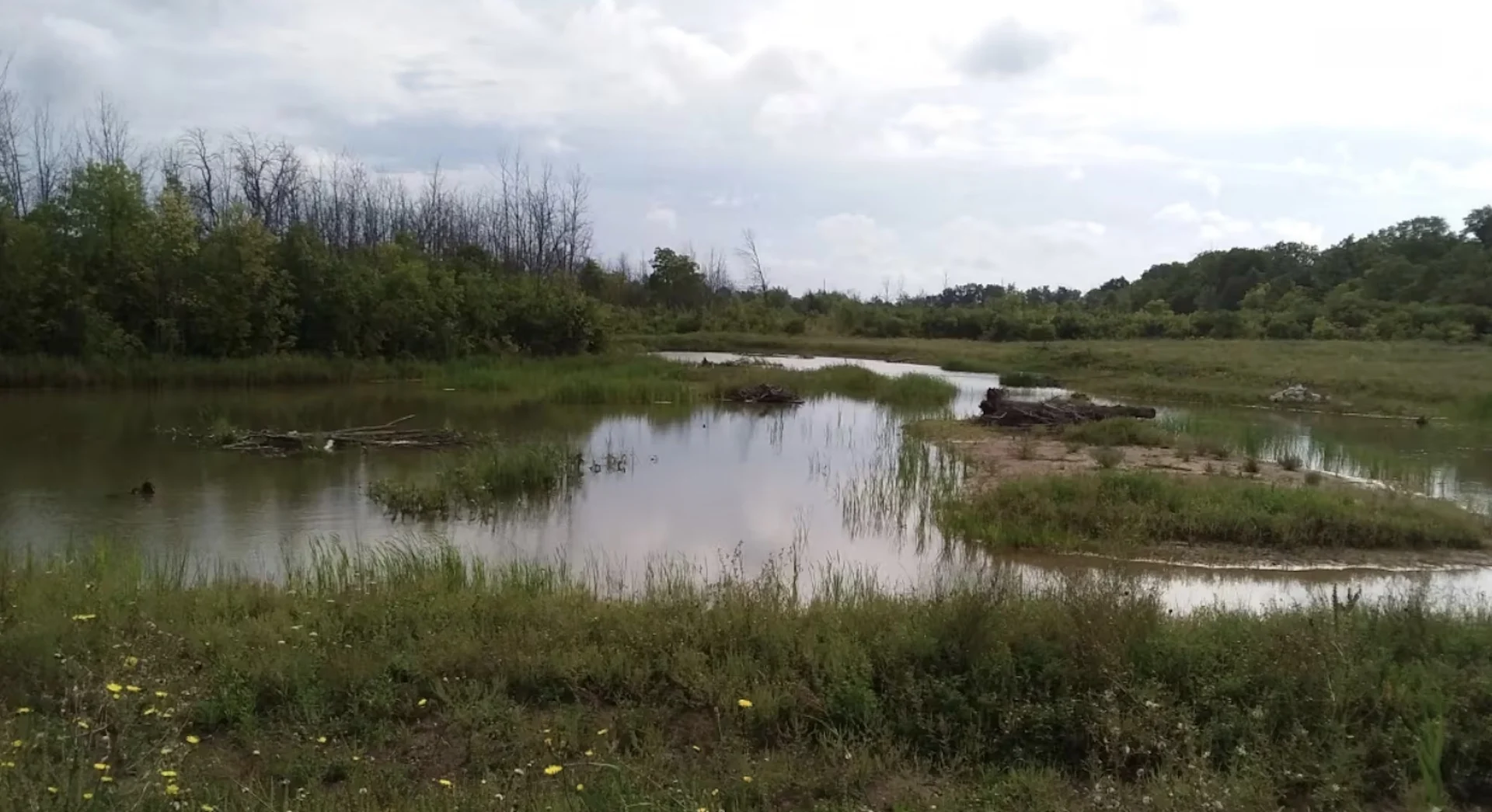
The wetland at Saltfleet Conservation Area in Hamilton will eventually be joined by three more. (Submitted by Scott Peck)
Wetlands are sometimes considered "natural assets" due to their economic value, Peck said. In this case, he notes, there's value in preventing flooding and its associated damages.
Peck said the Saltfleet lands may have had wetlands at one point, but for the most part, the goal here is to design new ones that don't require ongoing maintenance. So far, the HCA has built one, building barriers to hold water in place, mimicking a natural wetland.
"My hope has always been with the project that maybe in 30 or 40 years, someone might be able to fly over it and say 'Hey, look at that beautiful wetland,'" Peck said.
Amphibians, ducks and mammals are already coming to the space, Peck said, and he expects more naturalization once all the work is done. "If you build it, they will come."
At Saltfleet, the HCA received funding from local organization, the Heritage Green Community Trust, which funds projects and groups in that neighbourhood.
Peck said that, and the work Mackenzie and his team have done, are great examples of how officials and environmentalists can work together. The Grimsby Wetlands, he said, are a "shining-star example of how you can get people interested in creating things."
WATCH: The wood frog's heart-stopping way of surviving Canada's frigid months
Right by the Grimsby Wetlands at Fifty Point Conservation Area, the HCA just started a similar, but much smaller project than Saltfleet's at a pond created in the late 1960s.
Peck said the HCA has always stocked the pond with fish and saw the potential to improve the fishes' habitat and reduce flooding and erosion by creating a wetland.
"You're kind of hitting that trifecta of addressing flooding and erosion issues with the project, creating natural heritage benefits and also creating opportunities to connect people with nature." Peck said.
"It's a win, win, win all the way around."
Thumbnail courtesy of Stu Mackenzie via CBC.
The story was originally written by Justin Chandler and published for CBC News.






